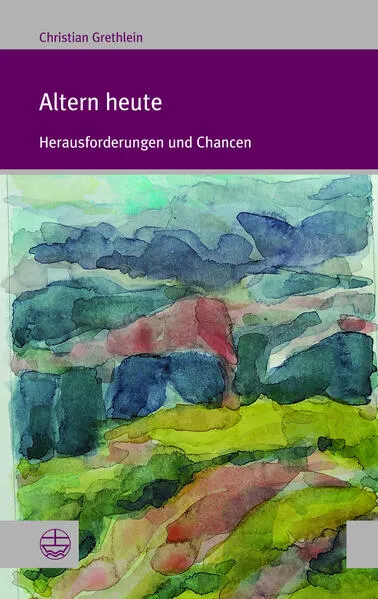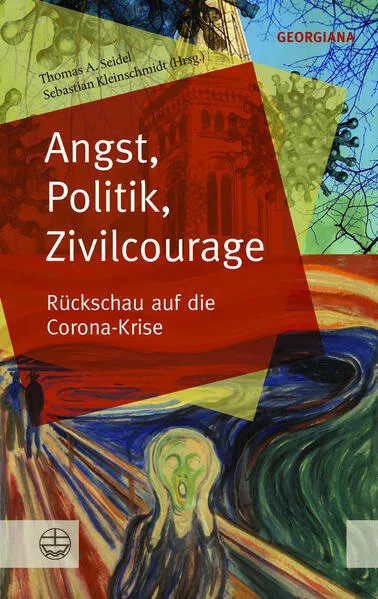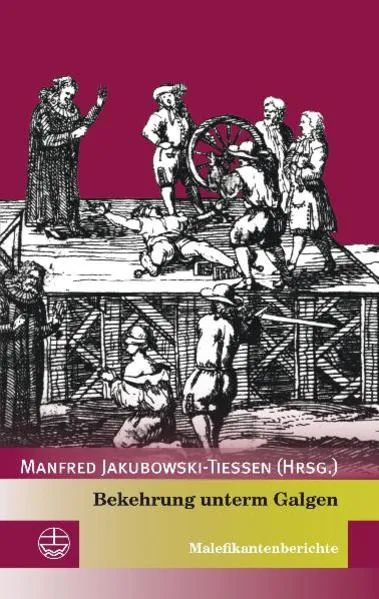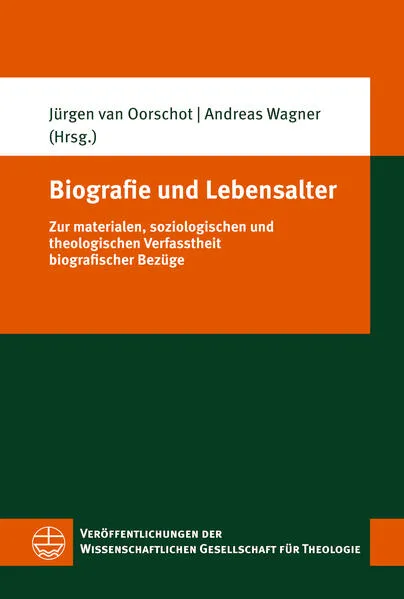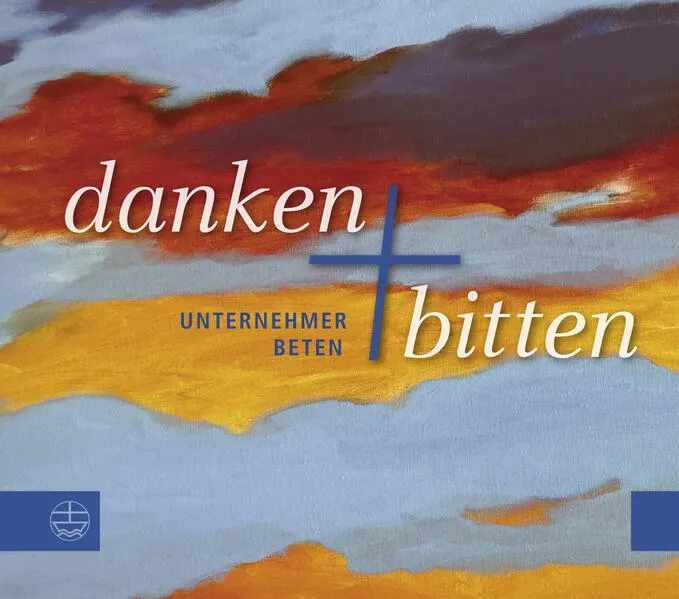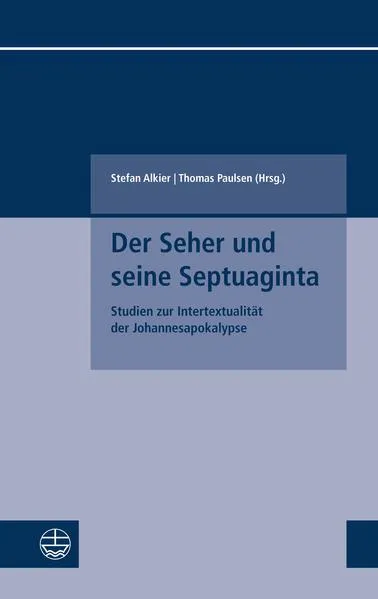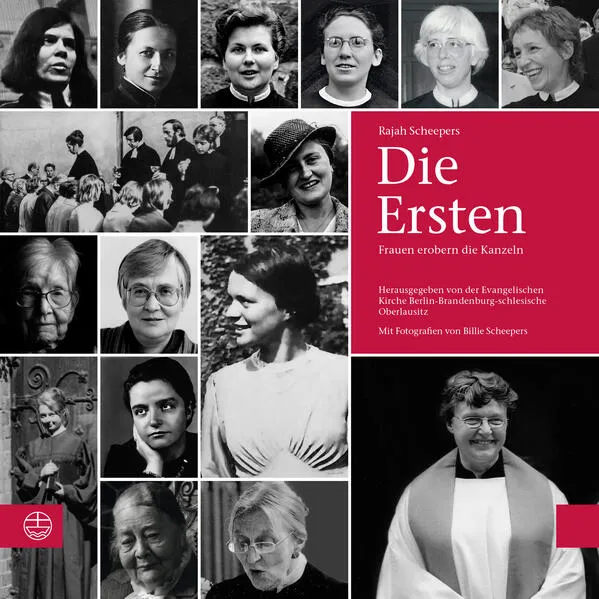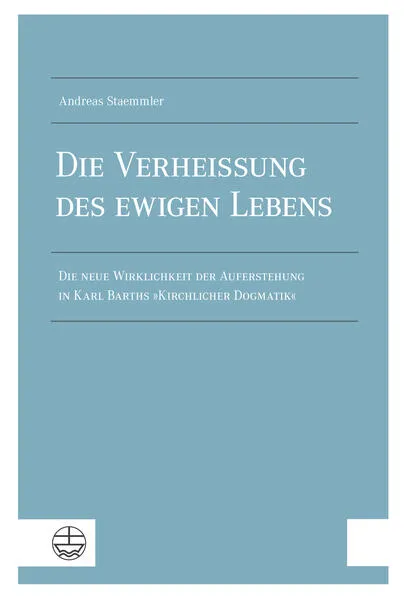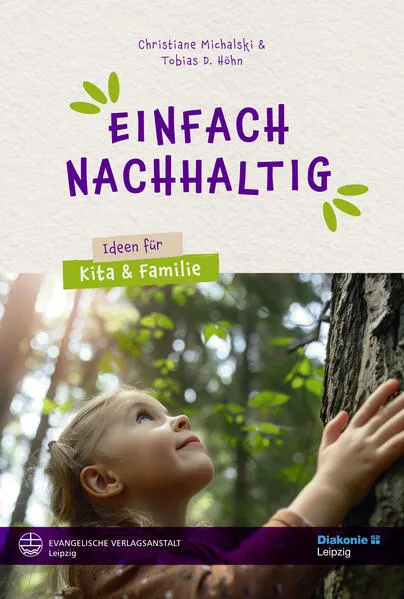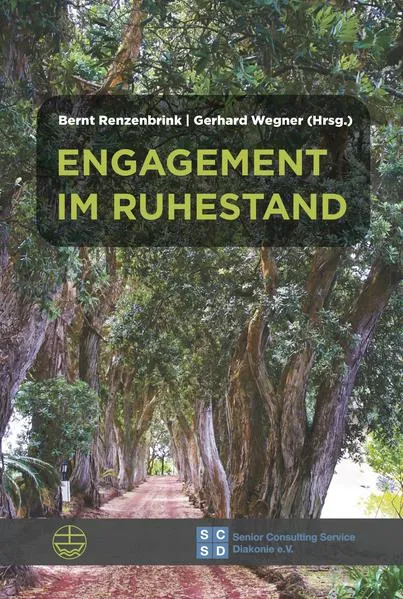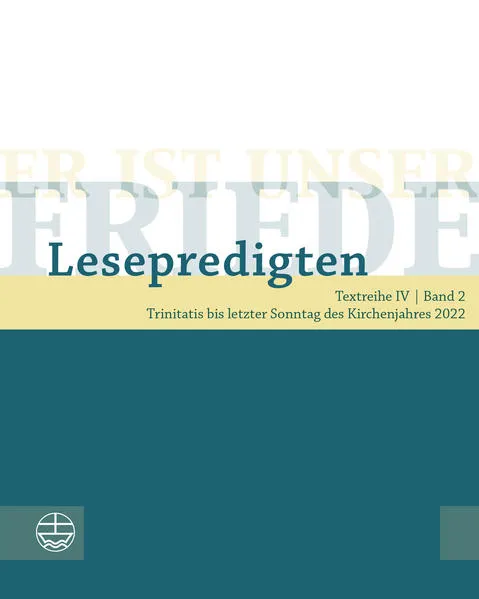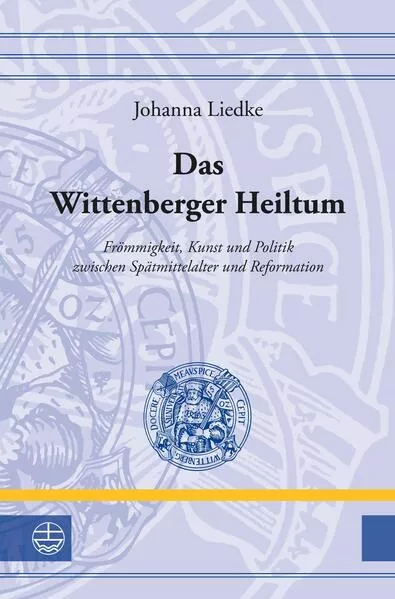
Johanna Liedke
Das Wittenberger Heiltum
- Frömmigkeit, Kunst und Politik zwischen Spätmittelalter und Reformation
ISBN: 978-3-374-07395-5
600 Seiten | € 154.99
E-Book [Kindle]
Erscheinungsdatum:
06.06.2023
Politik
Johanna Liedke
Das Wittenberger Heiltum
Frömmigkeit, Kunst und Politik zwischen Spätmittelalter und Reformation
Das Wittenberger Heiltum gehörte um 1520 zu den größten Reliquiensammlungen des römisch-deutschen Reiches. Durch seine Aufbewahrung in der Wittenberger Schlosskirche und seinen Sammler Friedrich den Weisen steht es in Verbindung mit Ereignissen der frühen Reformation. Außerdem sind die Holzschnitte des Heiltumsbuches aus der Werkstatt Lucas Cranachs des Älteren von kunsthistorischem Interesse. Die quellenbasierte Studie untersucht das Heiltum in seiner Entwicklung, die Reliquienerwerbungen, Sammlungssystematik und liturgische Verwendung der Reliquiare. Diese werden in den Kontext der persönlichen Frömmigkeit, sakralen Herrschaftsrepräsentation und Kirchenpolitik Friedrichs des Weisen eingeordnet. Dabei wird deutlich, dass die Sammlung zentral für die Residenzfunktion Wittenbergs in den Jahren vor der Reformation war.
[The Wittenberg Relics. Piety, Art and Politics between the Late Middle Ages and the Reformation]
Around 1520, the Wittenberger Heiltum was one of the largest collections of relics in the Roman-German Empire. Through its preservation in the Wittenberg Castle Church and its collector Frederick the Wise, it is connected to events of the early Reformation. In addition, the woodcuts of the Heiltumbuch from the workshop of Lucas Cranach the Elder are of interest for art history. This study refers to sources in its examination of the Heiltum in its development, relic acquisitions, collection system, and liturgical use of reliquaries. These are arranged in the context of Frederick the Wise’s personal piety, sacral representation of power, and church policy. It thus becomes clear that the collection was central to the residential function of Wittenberg in the years prior to the Reformation.
[The Wittenberg Relics. Piety, Art and Politics between the Late Middle Ages and the Reformation]
Around 1520, the Wittenberger Heiltum was one of the largest collections of relics in the Roman-German Empire. Through its preservation in the Wittenberg Castle Church and its collector Frederick the Wise, it is connected to events of the early Reformation. In addition, the woodcuts of the Heiltumbuch from the workshop of Lucas Cranach the Elder are of interest for art history. This study refers to sources in its examination of the Heiltum in its development, relic acquisitions, collection system, and liturgical use of reliquaries. These are arranged in the context of Frederick the Wise’s personal piety, sacral representation of power, and church policy. It thus becomes clear that the collection was central to the residential function of Wittenberg in the years prior to the Reformation.
Unterstütze den lokalen Buchhandel
Nutze die PLZ-Suche um einen Buchhändler in Deiner Nähe zu finden.
Bestelle dieses Buch im Internet
| Veröffentlichung: | 06.06.2023 |
| Seiten | 600 |
| Art des Mediums | E-Book [Kindle] |
| Preis DE | EUR 154.99 |
| Preis AT | EUR 154.99 |
| Auflage | 1. Auflage |
| Reihe | Leucorea-Studien zur Geschichte der Reformation und der Lutherischen Orthodoxie (LStRLO) 42 |
| ISBN-13 | 978-3-374-07395-5 |
| ISBN-10 | 3374073956 |
Über die Autorin
Johanna Liedke, Dr. theol., Jahrgang 1990, studierte Kunstgeschichte und Evangelische Theologie an der Universität Leipzig. Von 2016 bis 2020 wurde ihr Dissertationsprojekt mit einem Landesgraduiertenstipendium des Freistaates Sachsen gefördert. Sie wurde 2022 promoviert.Diesen Artikel teilen
0 Kommentar zu diesem Buch
.... weitere Publikationen von Evangelische Verlagsanstalt
Leserunde
Verlockung und Gefahr: Der schwarze Kuss
Bewerbungsfrist bis zum: 10.01.2026



